the industry of soap and liquid detergent products is one the most important section of any country's economic system, to have a profitable business you need a strategy to increase consumption of your products. The size of the global soap market was US$34.09 billion in 2019 and is projected to reach US$55.29 billion by 2027, growing at a CAGR of 5.0% during the forecast period. soap products with attractive colors and scents said to have moisturizing, skin-brightening and anti-aging effects, are becoming increasingly popular with end users. On the other hand, dish soaps and laundry soaps containing ingredients like lemon are more beneficial for cleaning dishes and clothes and therefore more sought after. Epidemics and pandemics such as the current outbreak of COVID-19 and the emergence of deadly influenza such as H1N1 have created a high demand for these disinfectants to maintain hygiene and prevent the spread of infection, which is an important market growth driver. , The largest consumer of soap and detergents was China (20 million tons), accounting for 22% of the total. In addition, China's consumption of soap and detergents is more than double that of the second largest consumer, the United States (10 million tons). In third place is India (7.6 million tons) with a share of 8.2%. In China, the consumption of soap and detergents grew by an average of +2.3% per annum over the period 2012-2019. In the rest of the countries, the annual averages were as follows: USA (+1.7%) and India (+2.0%). In value terms, the largest global markets for soaps like bath soap and detergents were the United States ($23.5 billion), China ($20.4 billion), and India ($10.3 billion), which together accounted for 42% of the global market. These countries are followed by Brazil, Japan, Indonesia, Mexico, Nigeria, Iran, Turkey, Russia, Spain, and Vietnam, which together account for 25%.
soap products list
soap is a kind of detergent and also is a kind of chemical process that we call saponify process, we can list various types of soap industry products such as liquid or powder.
- glycerine soap:
Glycerine is part of oils or fats. All handmade soaps contain glycerine, which is a by-product of a chemical reaction in soap making. Unlike most commercial soaps, glycerine is intentionally removed by the manufacturer for use in other products such as cosmetics or moisturizers.
- transparent soap:
Produced hot. Alcohol is usually added to them to make them clear. Sugar syrup (sugar in distilled water) is an optional ingredient to replace alcohol, but it is not as effective as alcohol. Some manufacturers in the market use pre-made soap bases to make their clear soaps.
- liquid soap:
The production process is more complicated than that of organic soap . It is usually baked hot. It becomes liquid because a different kind of alkali is used (potassium hydroxide instead of sodium hydroxide) and more water is added. Types of soap differ in purpose:
- kitchen soap:
Kitchen soap is soap used in the kitchen, mainly for washing dishes.
- laundry soap:
Effective for cleaning clothes from solid particles, grease, and organic compounds. Laundry is convenient when traveling as it is easy to carry.
- new soap:
Soaps in various shapes and colors, such as fish, cakes, and favors. Joke Soap is more than just a cleaning soap. It provides fun and entertainment to the children who use it.
- guest soap:
Mini soaps are smaller than regular bars and come in a variety of attractive sizes. They are intended for guest use.
- medicated soap:
Medicated soap is a soap with added antiseptics and disinfectants to kill bacteria.
- cosmetic soap:
Cosmetic soaps have fragrances and ingredients for different skin types. They may contain oils or a special mixture of glycerine.
soap consumption by country
Successful merchants gather and analyze detailed information about the consumption of their products by country, consumers' age, sex, payment ability, and situation, so they can predict and fullfeed the needs of customers. The use of surfactant detergents and soaps such as laundry bar soapfor hygiene purposes is expected to drive the market in the North American region during the forecast period (2020-2027) as the number of patients infected with coronavirus peaks in the United States in the first half of 2020. For example, according to a March 2020 survey by the American Institute of Hygiene, nearly 69% of Americans surveyed use hand sanitizers and lubricants to prevent infection from COVID-19. Additionally, consumers in North America tend to use high-quality products and are highly influenced by herbal and organic products, which tend to be expensive, which in turn leads to market growth in the region. The European market is characterized by a healthy and conscientious population that is willing to pay more for cleanliness. European consumers spent an estimated $30.07 billion on household cleaning products, including laundry detergents and dishwashing detergents, in 2019, compared to an estimated $30.07 billion and $34.85 billion in 2018. Moreover, market growth is driven by the increase in the number of millennials and the increase in demand for these products from men in the region. The market size of the Asia Pacific region in 2019 was USD 12.63 billion.
The Asia Pacific region is expected to hold the largest market share owing to the presence of highly populated countries such as China and India in the region. Increasing the level of literacy in this area is also likely to make people understand the importance of cleanliness, which will increase the demand for products. Additionally, companies such as Unilever, in partnership with UNICEF, have launched 'hand washing with detergents and lubricants' events in rural areas of countries such as India to raise awareness about hygiene, thereby boosting demand for the product. According to the United Nations Children's Fund (UNICEF). The market is still in its infancy in South America as well as the Middle East and Africa. An increasing number of hygiene campaigns such as 'hand hygiene' by organizations such as the World Health Organization (WHO) is expected to increase the demand for hygiene products in both regions. 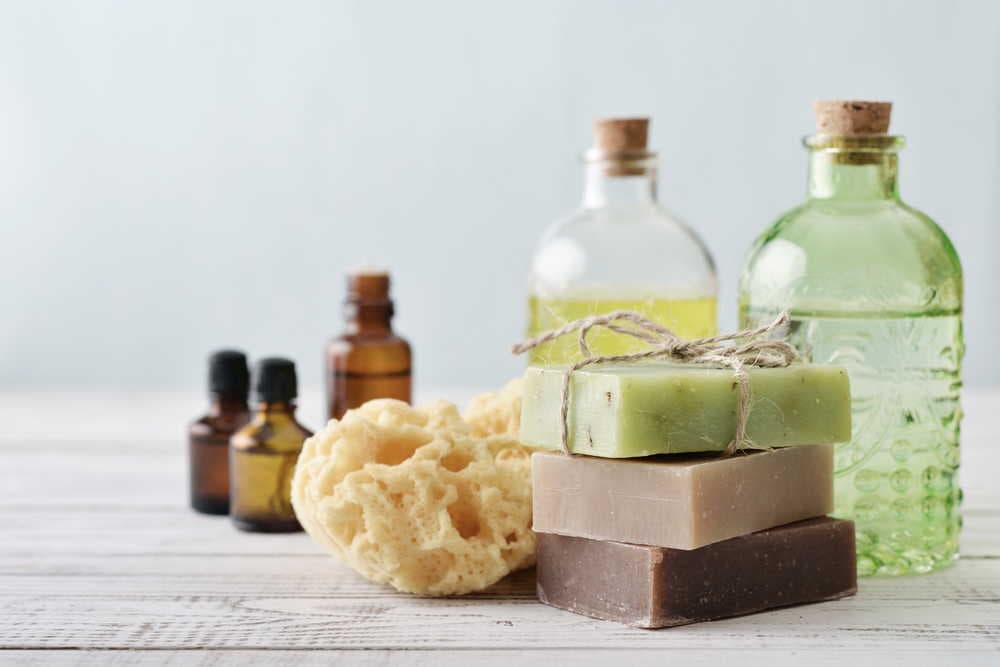
soap market
some industries are always active and have a large consumption and there are always demands in this market, soap is one that market because soap and detergent have daily usage. Soap is over 2300 years old. Some even believe that soap was made by the Phoenicians by 600 BC. At that time, soap was made from goat towels and wood ash. During Roman times, the use of hand wash liquid . became popular. They made soap from animal fat and vegetable ash (as an alkaline substance) and called it "sipo", hence the modern name "soap". The global bath soap market is being driven by the growing population of the world. The industry is primarily supported by a large group of Millennials who are the key drivers of the entire consumer segment. Millennials make up about 30% of the total population and form the largest demographic group in the world. India is home to a majority of millennials, who make up about 34% of the country's population and a significant portion of the workforce. 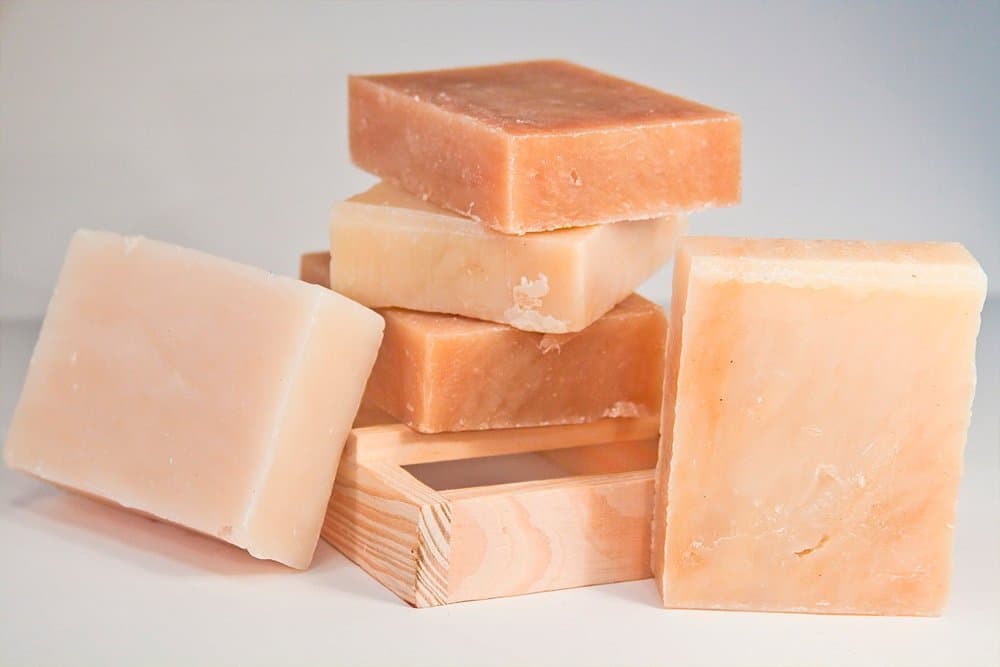 Rising disposable income, especially in emerging markets such as China and India, due to lifestyle changes and rising living standards, is supporting the bath soap industry. The industry is driven by product diversification. Consumers are also looking for soaps and detergent with different fragrances and moisturizing properties. Increasing environmental pollution around the world is giving an added boost to the industry as major players launch new products aimed at protecting the skin from pollutants. Increasing hygiene awareness among consumers is also driving the growth of the industry. The aggressive marketing campaigns of major manufacturers and celebrity endorsements are propelling the industry. However, the growth of the industry may slow down due to the increasing availability of alternatives such as shower gels and bath powders.
Rising disposable income, especially in emerging markets such as China and India, due to lifestyle changes and rising living standards, is supporting the bath soap industry. The industry is driven by product diversification. Consumers are also looking for soaps and detergent with different fragrances and moisturizing properties. Increasing environmental pollution around the world is giving an added boost to the industry as major players launch new products aimed at protecting the skin from pollutants. Increasing hygiene awareness among consumers is also driving the growth of the industry. The aggressive marketing campaigns of major manufacturers and celebrity endorsements are propelling the industry. However, the growth of the industry may slow down due to the increasing availability of alternatives such as shower gels and bath powders. 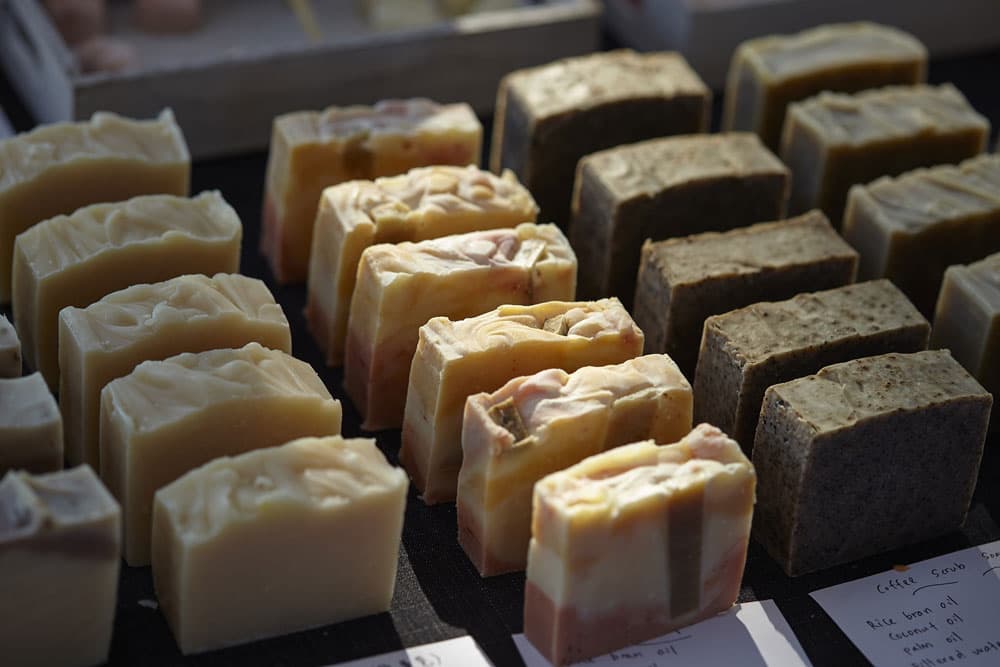
soap marketing strategy
the customers of the soap industry are household or in other words ordinary people, so to attract Maximum customers we need to have a suitable and exact strategy in marketing. Starting a new business is risky. Most new ventures fail. To increase your chances of success, learn from the mistakes of others, not your own. The purpose of this article is to take you through the thought process and share some tried and true soap marketing tips. strategic plans are important and necessary. Marketing plans that are completely different from business plans are also needed. There are many ways to create strategic marketing plans. Planning can be boiled down to three things:
- Lead generation
- Follow up
- No. 1 and No. 2. consistent compliance
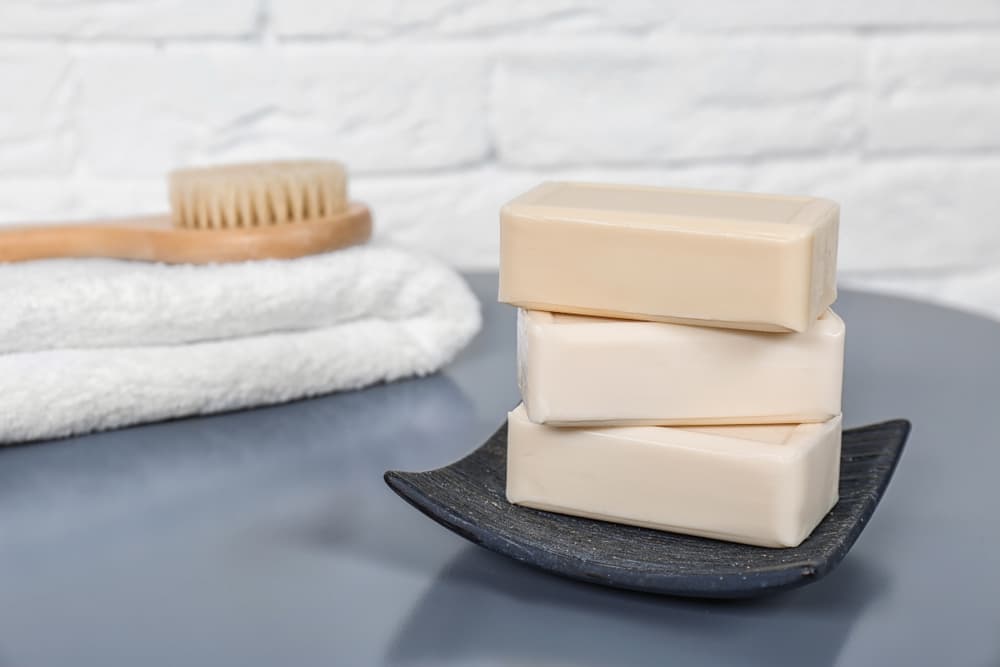 to do this:
to do this:
- Start an affiliate program for your soap business
According to Word Stream, affiliate marketing is an inexpensive and effective way to drive more traffic to your business and increase your profits. Simply put, an affiliate program is an agreement whereby a business pays a commission to send traffic and/or sales to another business or influencer (“affiliate”).
- Set up a pay-per-click campaign for your soap business.
Pay Per Click (PPC) is a performance-based marketing technique that allows you to place specific product ads that target a very specific audience with the goal of driving users to your website or landing page.
- Start a referral program for your soap business
A referral program is a form of marketing where you make an offer to your existing customers if they do word-of-mouth advertising that results in conversions.
- Outsource some business functions so you can focus on soap making, marketing, and sales.
Outsourcing is an arrangement in which a company hires third parties to perform services and tasks that are traditionally performed by company employees.
- Create a publicity stunt for your soap brand
Advertising gimmicks are triggered by a specific campaign or promotion (initiated by you) and are designed to increase awareness of your business. If you follow the above points, you can appoint a suitable strategy. 
soap industry
The growth of cities and the textile industry in the early 19th century increased the consumption of soap and encouraged the growth of soap makers. By 1840, Cincinnati, at the time the largest meatpacking center in the United States, had also become a leading soap town. There were no less than seventeen soap and powder detergent factories in the city, including Procter and Gamble, founded in 1837, which was to become the leading company in the country. A major change in soap making occurred in the 1840s when manufacturers began to replace lye made from wood ash with soda ash, chemically produced lye. We understand that this health crisis is having an unprecedented impact on businesses across all sectors. But this too will pass. Increased support from governments and various businesses can help fight this highly contagious disease. There are industries that are struggling and others that are thriving.  In general, it can be assumed that the pandemic will affect almost all industries. List of Key Players Covered in Soap Market Research Report:
In general, it can be assumed that the pandemic will affect almost all industries. List of Key Players Covered in Soap Market Research Report:
- Beiersdorf AG (Germany)
- Reckitt Benckiser Group plc (UK)
- Kao Corporation (Japan)
- Unilever (UK)
- Henkel AG & Co. KGaA (Germany)
- Ecolab Inc. (USA)
- Johnson & Johnson Services, Inc. (USA)
- Natura & Co. (Brazil)
- Procter & Gamble Co. (USA)
- Colgate-Palmolive Co. (USA)
The growth of the soap market is expected to be driven by the ever-increasing popularity of organic soaps and soap products. This changing trend in demand is due to the many advantages of these soaps over their traditional counterparts. For example, organic soaps do not contain harmful substances such as parabens and triclosan, which, although they have antibacterial properties, are dangerous for the body and the environment because they come from petrochemicals. Instead, the soap is enriched with natural ingredients such as aloe vera and turmeric, which have natural antibacterial properties and are not harmful to the body. 
soap business ideas
in the century 21 health care has become very important that's why the soap industry has grown tremendously with new ideas for any usage and tastes in the world. Most people who start a soap-making business start with a hobby. He loved making homemade soaps for family and friends. If you want to get serious about bath soap making, you'll have to put in more effort. When you start selling, you need to focus on the business side. Soapmakers want to spend all their time making soap, but they have to spend most of their time finding ways to sell soap. Making soap is fun. You can get creative with sizes, materials, flavors, and colors. You can start soap making from home. Starting a craft soap business doesn't have to be expensive. There are many soap formulas you can switch to.  New ideas for making soap:
New ideas for making soap:
- A mixture of wood and soil
- Citrus scented soap
- Tea soap
- Lavender soap
- Poppy soap
- Chocolate soap
- soap ball
- Crystal soap
- Pastille soap for children
- honey soap
- Lemon soap
- Oatmeal soap
- Making coffee soap at home.

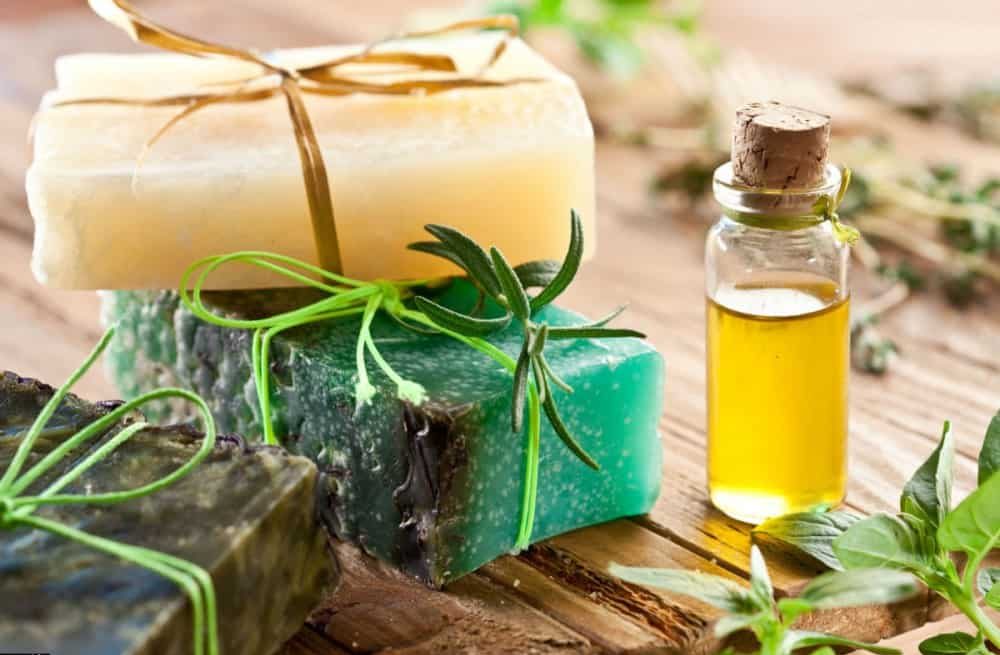
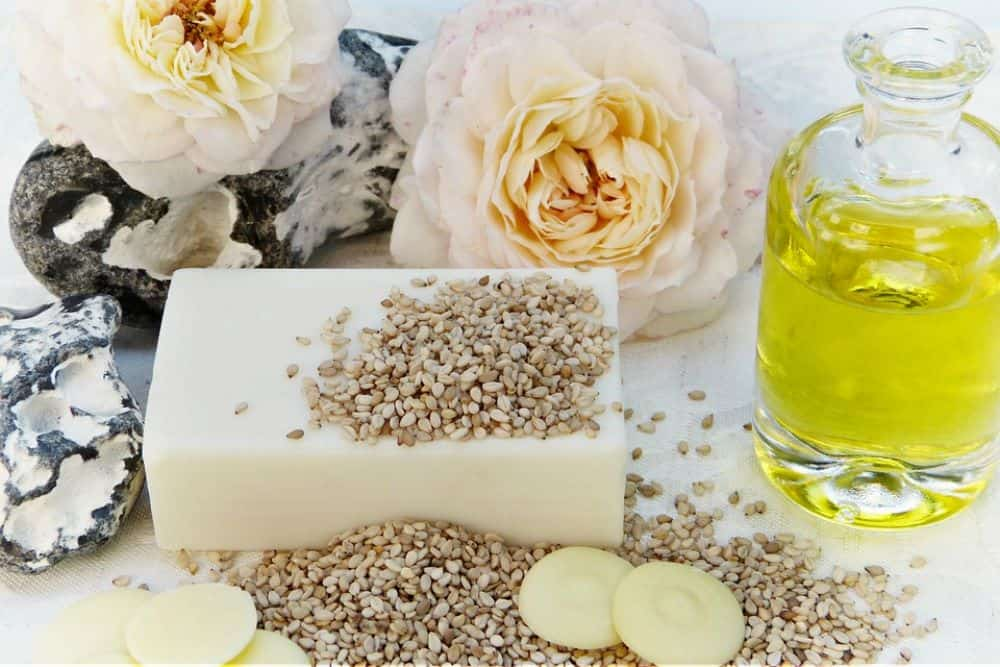
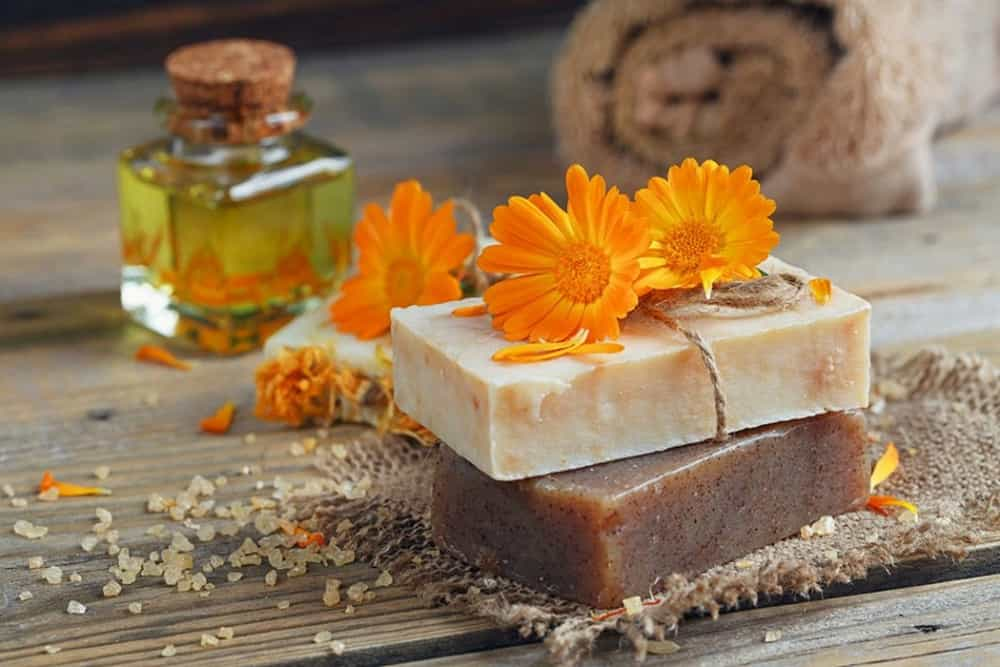

0
0